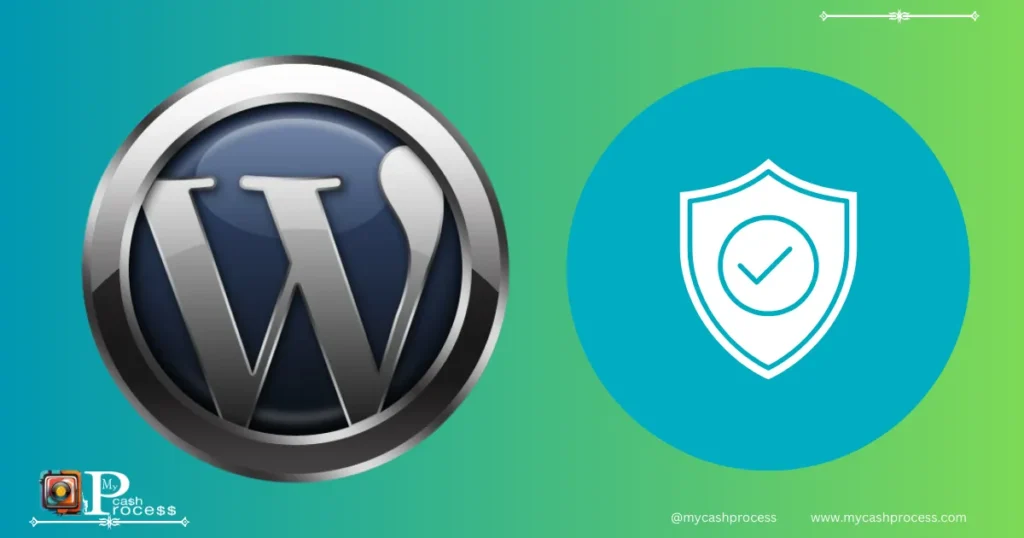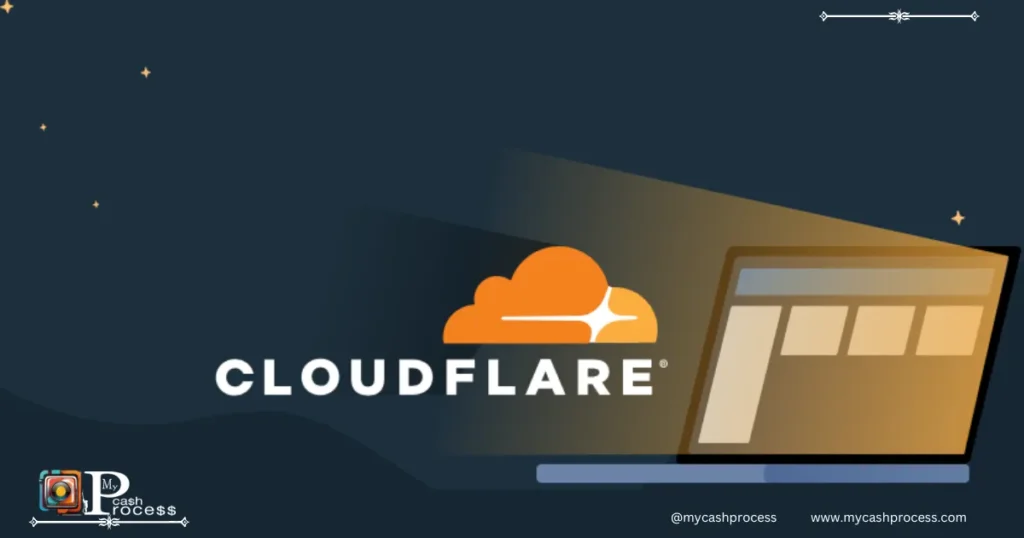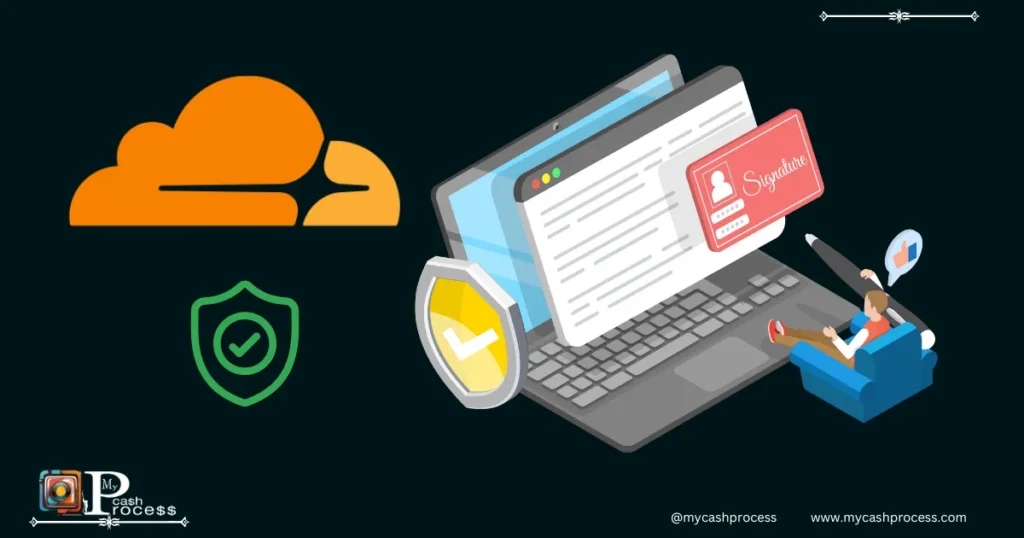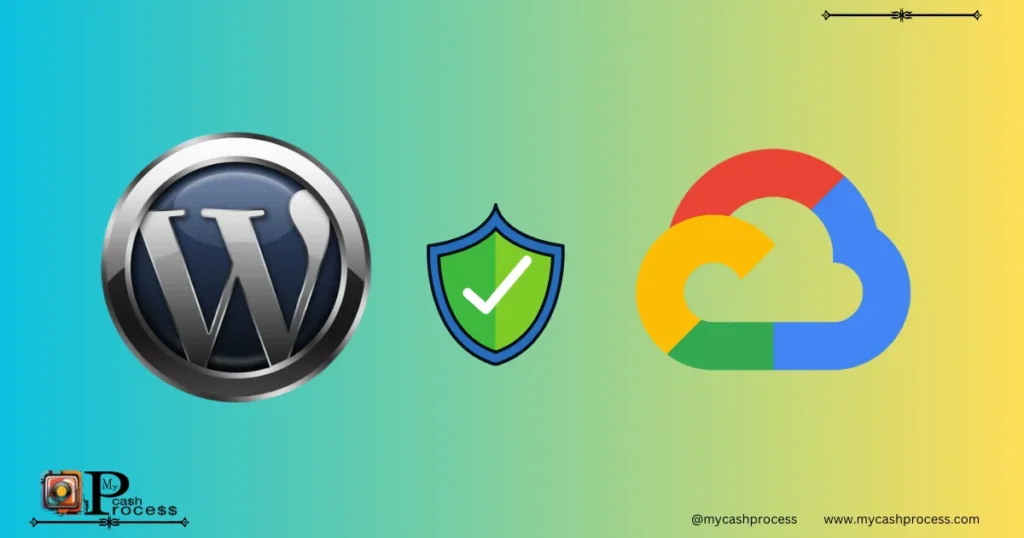Introduction
As the digital landscape continues to evolve, security WordPress in 2025 is becoming increasingly crucial for website owners, developers, and businesses. Websites powered by WordPress are a popular target for hackers and cybercriminals due to their widespread use, making it essential to implement robust security measures to safeguard both your site and your visitors. In this article, we will explore security WordPress best practices for 2025, providing actionable tips, strategies, and insights to ensure your WordPress site is safe and secure.
WordPress powers millions of websites, from personal blogs to complex e-commerce platforms. With its popularity, however, comes the responsibility of maintaining high levels of WordPress security. In this post, we will dive deep into the key strategies, tools, and techniques that will help you achieve top-level security in WordPress. We’ll cover everything from simple security practices to advanced techniques, ensuring that your site remains protected against the latest threats in 2025.
Quick Access Guide
1. Why Security WordPress is More Critical in 2025
In 2025, the importance of security wordpress cannot be overstated. With an increase in cyber threats such as malware, data breaches, and DDoS attacks, WordPress security is more critical than ever. Hackers are constantly evolving their tactics, making it necessary for WordPress website owners to stay ahead of these threats.
One of the main reasons security WordPress is so critical is that WordPress security issues can lead to significant consequences, such as the loss of sensitive data, damaged reputation, and financial loss. For instance, a compromised WordPress job application secure form could lead to the exposure of personal information, putting your users at risk.
The Changing Threat Landscape
In 2025, threats are more sophisticated and varied than ever before. While previous years saw attacks focused mainly on brute-force login attempts, today’s cybercriminals are targeting specific vulnerabilities in outdated plugins, weak SSL certificates, and insecure file uploads. This makes securing your secure upload portal WordPress an absolute necessity.
By understanding the changing nature of threats, you can better prepare your website to withstand potential attacks. Additionally, employing modern techniques such as machine learning and AI-powered security systems can help mitigate risks in real time.
The Rise of Targeted Attacks
Cybercriminals are increasingly launching targeted attacks on popular content management systems like WordPress. In 2025, the rise in these attacks demands a more comprehensive approach to security WordPress. Attackers are leveraging vulnerabilities in themes, plugins, and outdated WordPress versions to gain unauthorized access.
This is where proactive measures such as using security plugins, strong password policies, and regular security patches come into play.
2. Essential WordPress Security Practices to Implement Today
Securing your WordPress site doesn’t have to be complicated. By following some fundamental WordPress security practices, you can significantly reduce the risk of cyberattacks and unauthorized access.
Regular Updates for Security WordPress
One of the simplest yet most effective ways to maintain security WordPress is by regularly updating your WordPress version, themes, and plugins. WordPress releases frequent updates to patch security vulnerabilities and improve functionality.
- WordPress Core Updates: Always update to the latest version of WordPress. These updates contain important security fixes.
- Plugin and Theme Updates: Similarly, plugins and themes must be updated regularly to prevent attackers from exploiting known vulnerabilities.
Many website owners neglect these updates due to convenience, but failing to update your WordPress core, plugins, or themes opens the door to cyber threats.
Using Trusted Plugins and Themes
Not all plugins and themes available on the WordPress marketplace are secure. It’s important to install only trusted, reputable plugins and themes that are frequently updated.
- Check Reviews: Ensure that the plugins and themes you use have positive reviews and are regularly updated by developers.
- Avoid Unnecessary Plugins: Each plugin you install increases the attack surface of your website. Use only the essential plugins required for your site’s functionality.
Strong Passwords and Two-Factor Authentication
A strong password policy is one of the most effective ways to secure your WordPress site. Weak passwords are the easiest way for hackers to gain access.
- Enforce Strong Passwords: Implement a policy requiring strong passwords with a combination of upper and lowercase letters, numbers, and special characters.
- Two-Factor Authentication (2FA): Enabling 2FA adds an extra layer of protection by requiring users to verify their identity with a second factor, such as a mobile app or email.
3. Understanding the Core Components of Security WordPress
When securing your WordPress security in 2025, it’s important to understand the core components that contribute to a secure website. These components form the foundation of your site’s protection strategy and ensure it can withstand potential threats.
SSL/TLS Encryption
SSL (Secure Sockets Layer) and TLS (Transport Layer Security) are protocols that encrypt data transmitted between your website and its visitors. SSL certificates are essential for securing sensitive information such as login credentials and payment details.
- Installing an SSL Certificate: In 2025, securing your WordPress site with an SSL certificate is non-negotiable. This is especially important if your site collects user data, such as through a WordPress job application secure form.
- HTTPS Over HTTP: Make sure your website is using HTTPS, which indicates that your site is secure. Most modern browsers display a “Not Secure” warning if your site lacks SSL encryption.
File Permissions
File permissions control who can read, write, and execute files on your server. Misconfigured file permissions can expose your site to attacks. For security WordPress, ensure that files and directories have the correct permissions.
- Proper File Permissions: Files should have read-only permissions for the public, while only authorized users should have write or execute permissions.
Firewalls
A web application firewall (WAF) is a critical tool in your WordPress security arsenal. It acts as a filter that monitors and blocks malicious traffic before it reaches your website.
- Cloudflare or Sucuri: Consider using a service like Cloudflare or Sucuri for enhanced website security. These services offer real-time protection and help prevent attacks such as DDoS and brute-force attempts.
Security Plugins for Security WordPress
There are numerous security plugins available for WordPress that can help you implement the above practices. Some popular options include:
- Wordfence Security: Offers firewall protection, malware scanning, and login security.
- Sucuri Security: Provides comprehensive protection against attacks and offers real-time monitoring.
4. How to Secure Upload Portal WordPress
A secure upload portal WordPress is crucial for preventing malware and unauthorized file uploads. Many attacks occur via file upload forms that don’t properly validate or sanitize the uploaded content.
Validate Uploaded Files
Before accepting any files through your upload portal, it’s important to validate their types and sizes. This ensures that users can’t upload dangerous files such as scripts or executables.
- Whitelist File Types: Only allow specific file types, such as PDFs, images, and documents.
- File Size Limitations: Implement restrictions on the size of files that can be uploaded to prevent large, potentially harmful files from being submitted.
Use Antivirus Scanning for Uploads
To further enhance the security of your secure upload portal WordPress, employ antivirus software that automatically scans files upon upload. This step can prevent harmful files from infecting your website.
5. Fixing the “Your Connection to This Site is Not Secure WordPress GCP” Issue
One common issue that WordPress users encounter is the “Your Connection to This Site is Not Secure WordPress GCP” message. This security warning occurs when there is a problem with the SSL configuration or the site’s connection. Fixing this issue is essential for ensuring security WordPress in 2025.
Understanding the Problem
This message typically appears when the SSL certificate is either improperly installed or expired. Google Cloud Platform (GCP) users may also face this issue if their SSL certificate configuration is incorrect.
- SSL Certificate Issues: If the certificate is not correctly linked to your WordPress site, visitors may receive a warning about the site’s security.
- Mixed Content: This occurs when some elements of the page (e.g., images, scripts, or CSS files) are loaded over HTTP rather than HTTPS, triggering the warning.
Your Connection to This Site is Not Secure WordPress GCP
Resolving the Issue
Here’s how you can resolve this issue and ensure security WordPress:
- Check SSL Configuration: Ensure your SSL certificate is correctly installed and associated with your domain.
- Fix Mixed Content: Update any links or resources on your site to load over HTTPS rather than HTTP.
- Renew SSL Certificates: If your certificate is expired, renew it promptly to restore a secure connection.
- Enable HTTP Strict Transport Security (HSTS): This header enforces HTTPS and prevents SSL/TLS stripping attacks.
6. WordPress Job Application Secure Form: Why It’s Crucial
For any site that collects user data, particularly job application forms, securing the form is critical. A WordPress job application secure form allows potential candidates to submit personal information, and it’s vital to protect that data from unauthorized access.
Why Secure Forms Are Important
Data breaches involving job application forms can lead to the exposure of sensitive personal information, such as Social Security numbers, addresses, and resumes. Implementing strong security measures for your WordPress job application secure form prevents these vulnerabilities.
Best Practices for Securing Job Application Forms
- Use SSL Encryption: Ensure the form page is served over HTTPS to protect user data during transmission.
- Enable CAPTCHA: Implement CAPTCHA or reCAPTCHA to prevent automated bots from submitting spam or malicious content.
- Limit File Upload Types: Allow only specific file types (e.g., PDF or Word documents) for uploaded resumes and cover letters.
- Data Sanitization: Sanitize all user inputs to prevent SQL injection or XSS attacks.
7. Integrating WordPress Job Application Secure Form Jotform
Using Jotform to create and manage your WordPress job application secure form can add an extra layer of security and functionality. Jotform is a powerful tool that allows you to design custom, secure forms for your WordPress website.
Why Use WordPress Job Application Secure Form Jotform?
WordPress Job Application Secure Form Jotform
Jotform offers features specifically designed to ensure secure data collection and transmission, making it a great choice for any WordPress job application secure form.
- Data Encryption: Jotform forms are encrypted, ensuring that sensitive data is protected from unauthorized access.
- Compliance with GDPR and HIPAA: Jotform complies with major data protection laws, which is crucial when handling sensitive applicant data.
- Easy Integration: Integrating Jotform with WordPress is simple, allowing you to create secure job application forms without needing complex coding knowledge.
How to Integrate Jotform with Your WordPress Site
- Create a form in Jotform and customize it to match your job application requirements.
- Copy the embed code provided by Jotform.
- Paste the embed code into your WordPress page or post.
- Test the form to ensure it’s functioning securely and collecting data properly.
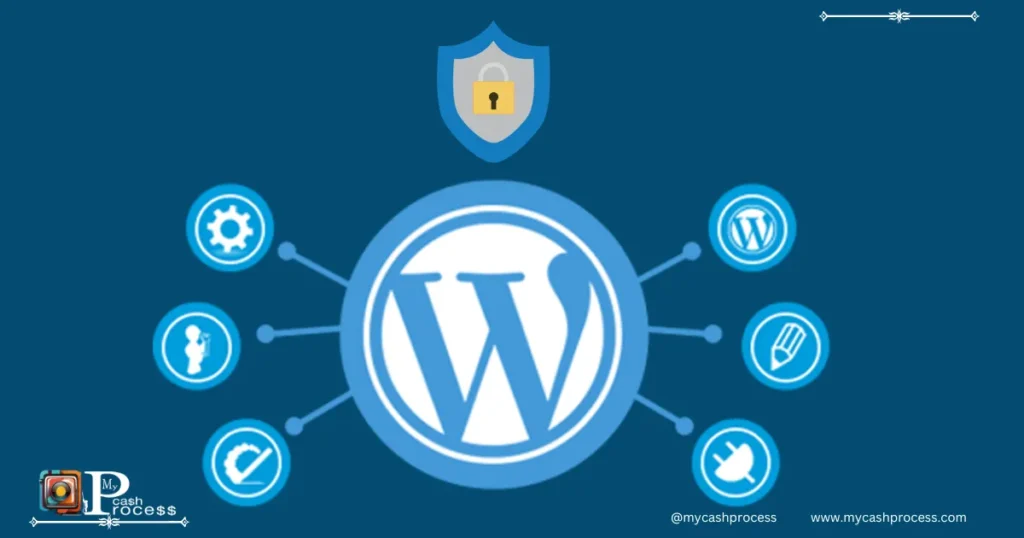
8. Advanced Security Measures for WordPress in 2025
While basic security practices are essential, taking a more advanced approach to security WordPress will help fortify your site against the growing number of sophisticated cyber threats in 2025.
Implementing Web Application Firewalls (WAF)
A web application firewall (WAF) filters traffic between the internet and your website. WAFs can block malicious traffic before it reaches your WordPress site.
- Cloudflare and Sucuri are two well-known WAF providers that offer real-time protection against attacks.
- By blocking malicious IP addresses and preventing DDoS attacks, WAFs act as a barrier between your site and cybercriminals.
Enhanced Malware Scanning
Regular malware scanning is a must for ensuring WordPress security. Malware can infect your site without your knowledge, and it can lead to data loss, site downtime, and damage to your reputation.
- Wordfence Security and Sucuri Security offer robust malware scanning tools for WordPress. These tools scan your site for common malware threats and automatically remove malicious files.
Stronger Authentication Methods
In addition to two-factor authentication (2FA), consider implementing more advanced authentication methods for enhanced security WordPress.
- Biometric Authentication: Some plugins allow biometric login methods (fingerprint or facial recognition) for added security.
- IP-Based Restrictions: Limit access to your WordPress admin panel by restricting login attempts to specific IP addresses.
9. Monitoring and Maintaining Your Security WordPress System
Maintaining security WordPress is an ongoing process. It’s not enough to implement security measures once and forget about them. Regular monitoring and updates are necessary to ensure your site stays protected.
Use Monitoring Tools
Regularly monitoring your site for potential security threats is essential. Tools like Wordfence and Sucuri offer real-time alerts if suspicious activity is detected.
- Real-Time Alerts: Get notified instantly if your site is under attack, such as during a brute-force login attempt.
- Security Audits: Schedule periodic security audits to check for vulnerabilities in your WordPress installation.
Perform Regular Backups
In the event of a security breach, having a recent backup of your site can help you restore it quickly and minimize data loss.
- Use plugins like UpdraftPlus or BackupBuddy to automate your backups.
10. Security WordPress for E-Commerce Sites: Special Considerations
E-commerce sites powered by WordPress are particularly vulnerable to cyber threats due to the sensitive customer information they store. For online stores, WordPress security becomes even more important.
Securing Payment Gateways
To secure your e-commerce site, start by ensuring that your payment gateways are properly configured. Payment information should always be encrypted and transmitted over a secure HTTPS connection.
- Use PCI-DSS Compliance: Ensure your site is compliant with the Payment Card Industry Data Security Standard (PCI-DSS), which sets the standards for securely processing credit card payments.
- Secure Payment Plugins: Use trusted plugins such as WooCommerce for your e-commerce store and enable features like 3D Secure and tokenization to enhance payment security.
Protecting Customer Data
In addition to securing payment information, customer personal data such as addresses and contact details should also be protected.
- Data Encryption: Encrypt sensitive customer data both during transmission (SSL/TLS) and in storage.
- GDPR Compliance: Make sure your e-commerce site complies with the General Data Protection Regulation (GDPR) if you collect data from European Union customers.
Conclusion
Securing your WordPress website in 2025 is essential for protecting both your data and your visitors. By implementing the best practices outlined in this article, you can significantly enhance your security WordPress and prevent attacks before they happen.
This concludes the full article on achieving top-level security WordPress in 2025. By following these best practices, your WordPress site will be better equipped to handle the evolving landscape of online threats. Let me know if you need further adjustments or additional content!
Warning
Neglecting security WordPress can result in severe consequences such as data breaches, financial losses, and reputational damage. Failing to stay updated with the latest security practices and tools exposes your site to risks that could be easily prevented.
Follow us on Pinterest, Twitter X, Facebook, Instagram, Quora, TikTok, Discord, YouTube, and WhatsApp Channel.
Advice
- Stay Updated: Regularly update your WordPress version, plugins, and themes to keep your site secure.
- Use Trusted Plugins: Only install plugins from reputable sources and ensure they are updated frequently.
- Enable Two-Factor Authentication: Add an extra layer of protection by requiring users to authenticate their identity with a second factor.
FAQs
- How can I secure my WordPress login page? Use strong passwords, enable two-factor authentication, and consider using a login attempt limit plugin to prevent brute-force attacks.
- What is the best security plugin for WordPress? Popular choices include Wordfence, Sucuri, and iThemes Security. These plugins offer comprehensive protection against a wide range of threats.
- Why is my site showing the “Your Connection to This Site is Not Secure WordPress GCP” warning? This issue usually occurs due to improper SSL certificate configuration. Ensure your SSL is correctly installed and that all resources on your site are loaded over HTTPS.

